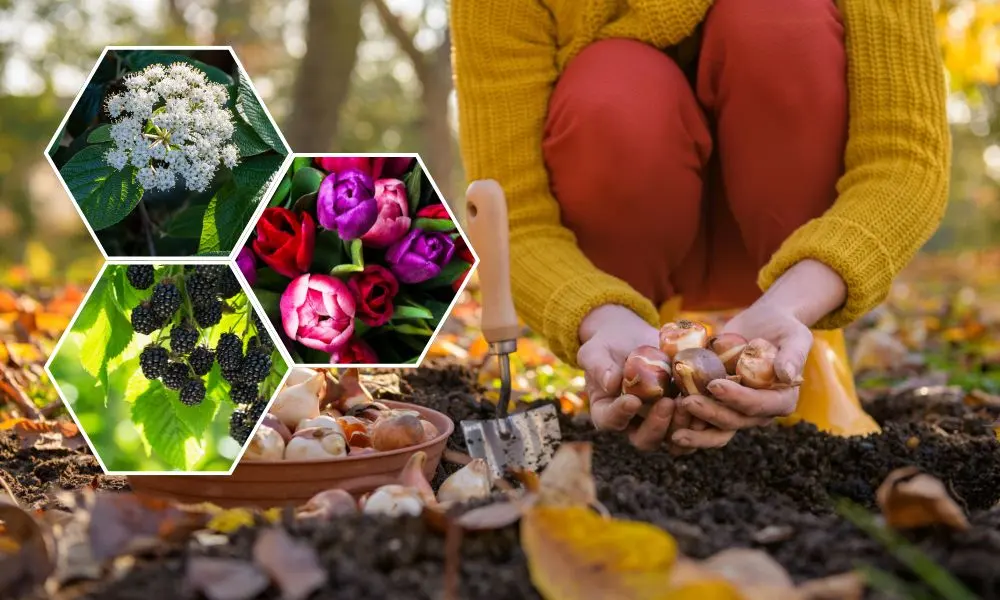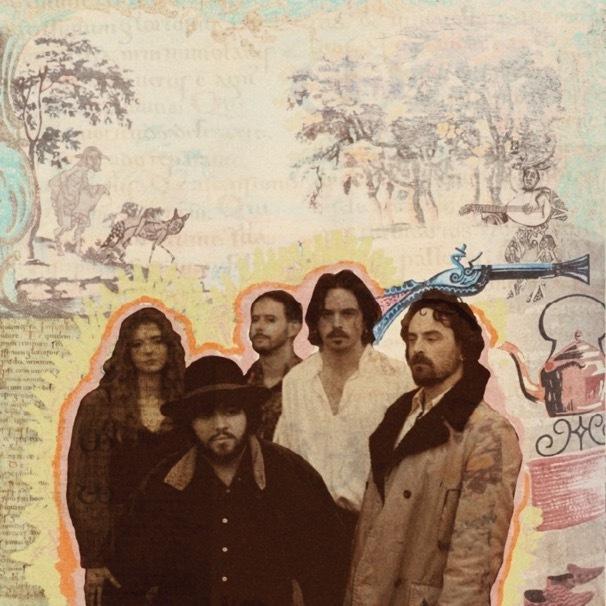Copyright scotsman

November can still be a busy season in gardens across the UKPlanting one popular spring flower now can reduce the risk of it picking up a nasty fungal diseaseThere are also all sorts of late-autumn and winter blossoming flowers available nowIt’s also a good idea to get new hedging plants and ‘soft fruits’ established before it gets too icy There might be a bit more of a chill in the air at this time of year, but experts say it’s still worth clocking some hours in the garden. November is almost upon us, and before we know it, winter will be too. The colder months can be hard on garden wildlife with less food typically available, and of course, on gardeners too – many of whom will be missing their brilliant blooms and bountiful harvests. But in its month-by-month gardening guidance, Hillier – a major plant nursery and garden centre chain in England – says that with a little extra effort to prepare your garden over the coming month, you can carve out a brighter winter and spring. Here are are a few of the plants Hillier recommends getting in the ground this November – for both an immediate pay-off, and a more prolonged one: 1. The ‘best time for tulips’ Although October works quite nicely for a lot of spring bulbs, from hyacinths to daffodils, Hillier’s experts say that November is really the best month to plant your spring-flowering tulip bulbs – a firm favourite with flower fanciers. By waiting until November to plant, you could even minimise the risk of tulip fire, they continued. According to the Royal Horticultural Society (RHS), this is a fungal disease that specifically affects tulips, causing them to grow with brown spots and “twisted, withered and distorted leaves”. In severe cases, plants will even look as though they have been scorched by fire. To avoid the disease in your garden, the RHS also recommends checking bulbs for any black spots or decay before you plant them. You should be sure to space them out too – planting them in areas with good air circulation. 2. Winter blooms Of course, you can also plant for instant impact by buying late-autumn and winter-blooming plants from nurseries now – making sure to get them in the ground now before it starts to freeze. Hiller’s experts recommend winter flowering shrubs like camellia, sarcococca and viburnum. Many of these have “beautiful scents”, they added. “Plant [them] near a path or doorway to bring a delightful fragrance into your winter garden.” Other plants due to flower in November include hardy cyclamen, winter hellebores, bedding plants like pansies and violas, and shrubs like heather and skimmia. The flowers and eventual fruit and seeds of these plants can help provide a vital cold-season food source for pollinators and garden birds too – at a time when many of their other favourites will no longer be available. 3. Hedges & soft fruit Finally, the Hillier team says that November is a great month to plant hedges and ‘soft fruit’ – those which grow on bushes or vines, like grapes and most berries. This is “not only because they are available, but because the soil is still warm and there is time for them to establish strong roots before the dry months begin”. So if you have visions bold privacy hedges to protect your yard from nosy neighbours, or a bountiful blackberry crop for you and the local birds next year, this month is your chance to make them a reality. Wondering what else you can do in the garden at this time of year to help your friendly garden critters? Here’s one Halloween decoration you should avoid – and here’s everything you need to know about the autumn ‘super food’ to add to your bird feeder.



